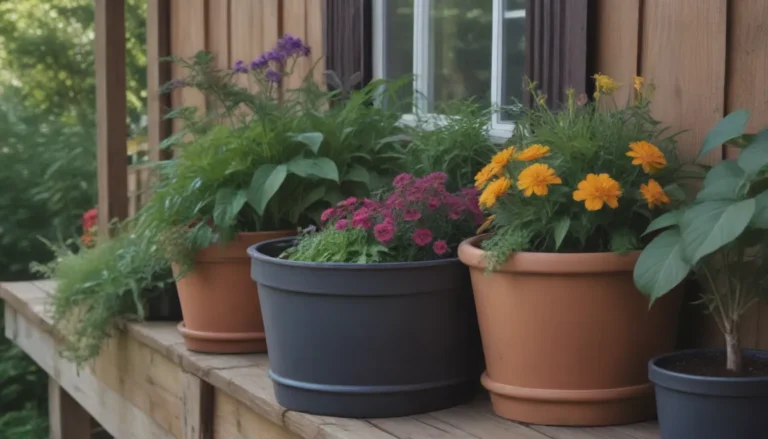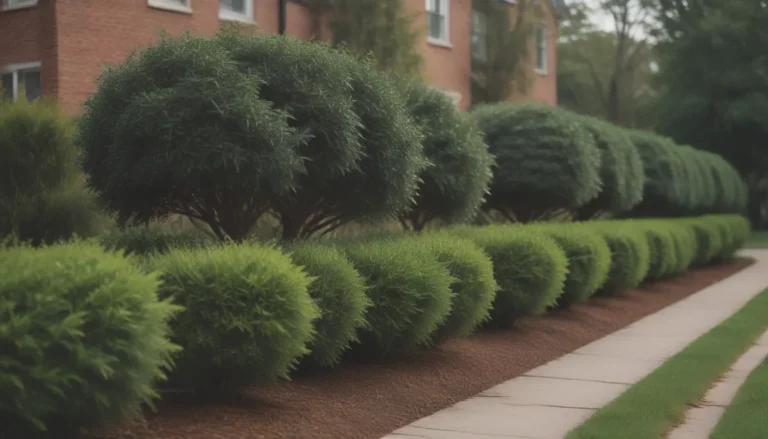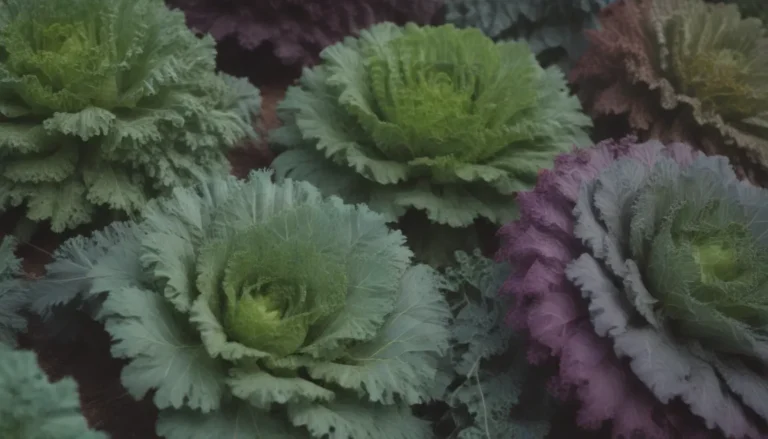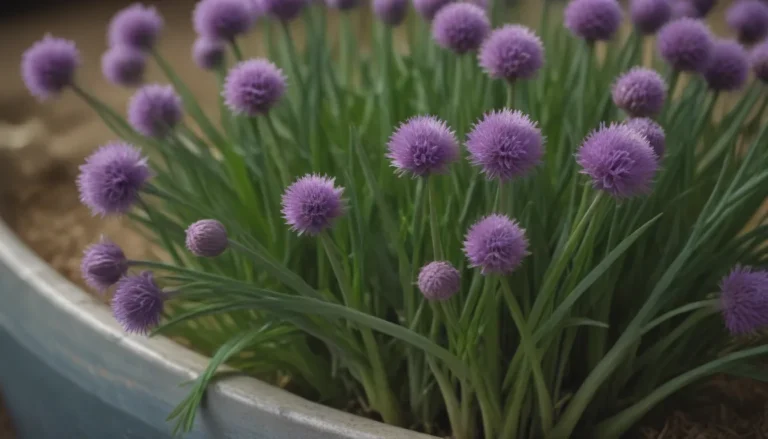Ultimate Guide to Growing and Caring for Oakleaf Hydrangea
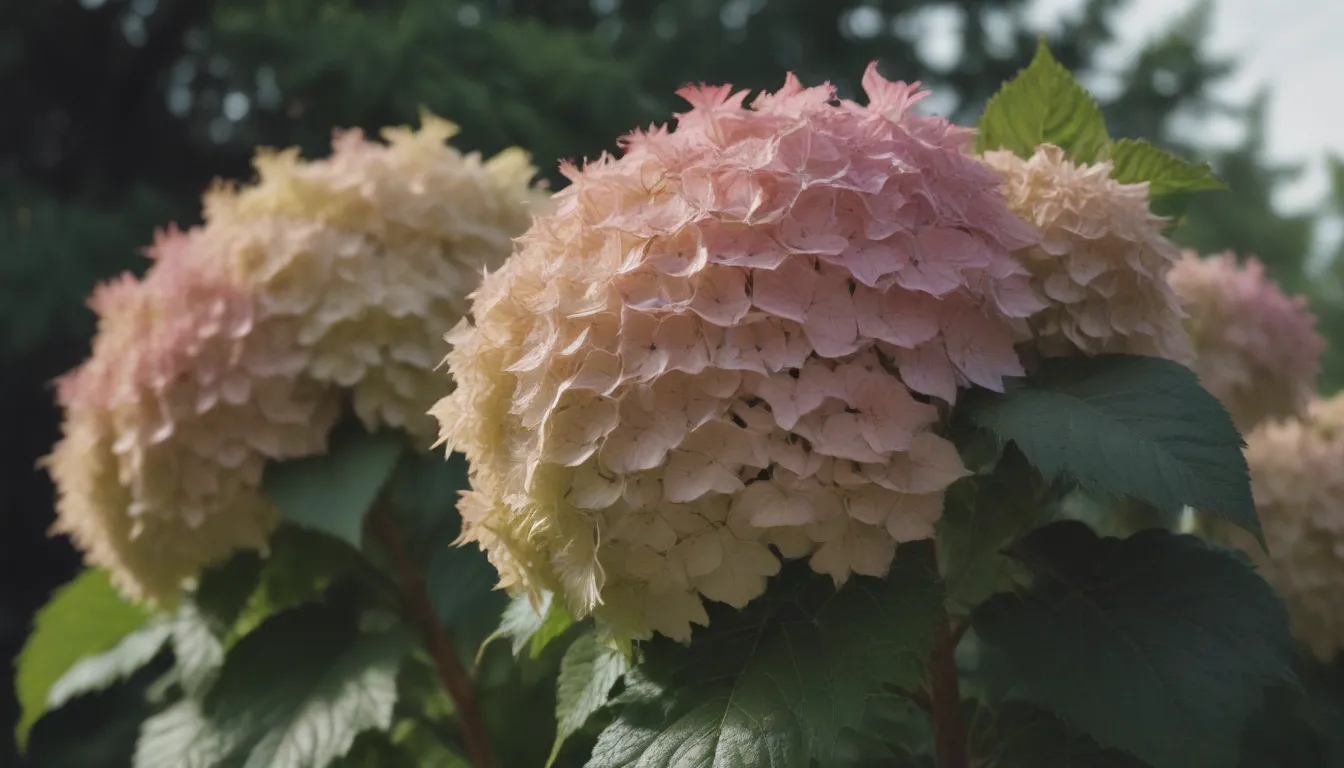
Are you looking to add a stunning and unique shrub to your garden? Look no further than the oakleaf hydrangea (Hydrangea quercifolia). With its large clusters of flowers and distinctive oak-like leaves, this deciduous shrub is sure to make a statement in your landscaping. In this in-depth guide, we will provide you with all the information you need to successfully grow and care for oakleaf hydrangea in your garden.
Overview of Oakleaf Hydrangea
The oakleaf hydrangea is a multi-stemmed shrub that typically grows between 4 to 8 feet tall. Its rounded upright growth habit and large, coarse-textured leaves make it a standout specimen plant in any garden. This shrub is prized for its long-lasting flower panicles that start out as white and gradually transition to purplish pink. In addition to its beautiful flowers, oakleaf hydrangea also offers stunning fall foliage in shades of purple, orange-bronze, or red. The peeling, exfoliating branches provide winter interest, adding color and texture to your garden even in the colder months.
Key Features of Oakleaf Hydrangea:
– Large clusters of flowers on sturdy stems
– Distinctive oak-like leaves
– Coarse texture for contrast in the garden
– Attractive fall foliage and winter interest
Oakleaf Hydrangea Care
Proper care is essential to ensure the health and vitality of your oakleaf hydrangea. Follow these guidelines to keep your shrub thriving throughout the year.
Planting
- Plant new oakleaf hydrangea in late fall or early spring when the plant is dormant.
- Choose a location with slightly acidic, rich, well-draining soil in full sun or part shade.
- Ensure the soil is moist; mulch over the root zone to retain soil moisture.
Light
- Oakleaf hydrangeas prefer afternoon shade, especially in southern climates.
- In the North, full sun is acceptable, but too much shade may reduce fall color intensity.
Soil
- Grow oakleaf hydrangea in well-drained soil with a slightly acidic pH (5.0-6.5).
- Amend the soil with plenty of compost for added nutrients.
Water
- Keep the soil moist, especially in sunny locations.
- Use a thick layer of mulch to help retain soil moisture.
Temperature and Humidity
- Oakleaf hydrangea thrives in hardiness zones 5 to 9.
- Protect young plants in colder climates with winter protection.
Fertilizer
- In most cases, oakleaf hydrangeas do not require fertilization.
- When growing in alkaline soils, occasional feeding with an acid fertilizer may be beneficial.
Oakleaf Hydrangea Varieties
There are several popular varieties of oakleaf hydrangea, each with its own unique features and characteristics. Here are a few noteworthy varieties to consider for your garden:
- ‘Snow Queen’: Known for its stunning white flowers.
- ‘Snowflake’: Features delicate cluster of white flowers.
- ‘Ruby Slippers’: Offers vibrant red blooms in late spring.
Note: Unlike other hydrangeas, oakleaf hydrangeas do not thrive in containers and are best grown in the ground.
Pruning and Propagating Oakleaf Hydrangea
To keep your oakleaf hydrangea healthy and shapely, regular pruning is essential. Follow these tips to maintain your shrub’s shape and promote optimal growth:
- Prune back unruly branches annually or every two years.
- Wait until after flowering to prune, usually in late summer or early fall.
- Remove spreading ground shoots to control the spread of the shrub.
- Propagate oakleaf hydrangea through stem cuttings for new plants.
Common Pests and Plant Diseases
While oakleaf hydrangea is relatively pest and disease-resistant, a few issues may arise. Keep an eye out for powdery mildew, leaf blight, and aphids, which can occasionally affect these shrubs.
How to Encourage Blooming
If your oakleaf hydrangea is not blooming as expected, consider the following factors:
- Ensure the shrub receives sufficient sunlight for bloom production.
- Keep the soil moist and add mulch to prevent drying out.
- Avoid nitrogen-rich fertilizers that can inhibit blooming.
- Use a bloom-boosting fertilizer high in phosphorus (P).
- Prune carefully to avoid removing flower buds.
Remember, oakleaf hydrangeas bloom once a year but offer long-lasting flowers that change color throughout the season. With proper care, these long-lived shrubs can thrive for up to 50 years in your garden.
In conclusion, oakleaf hydrangea is a stunning and low-maintenance shrub that can enhance any garden with its beauty and unique features. By following the care tips outlined in this guide, you can enjoy the vibrant flowers, attractive foliage, and winter interest that oakleaf hydrangea has to offer. Whether you plant it as a specimen, foundation plant, or in a shrub border, this versatile shrub is sure to impress year after year.
Remember, the leaves of the oakleaf hydrangea are deeply lobed and resemble those of an oak tree, giving this shrub a unique and distinctive appearance. With proper care and attention, your oakleaf hydrangea will reward you with years of beauty and enjoyment in your garden. Happy gardening!

